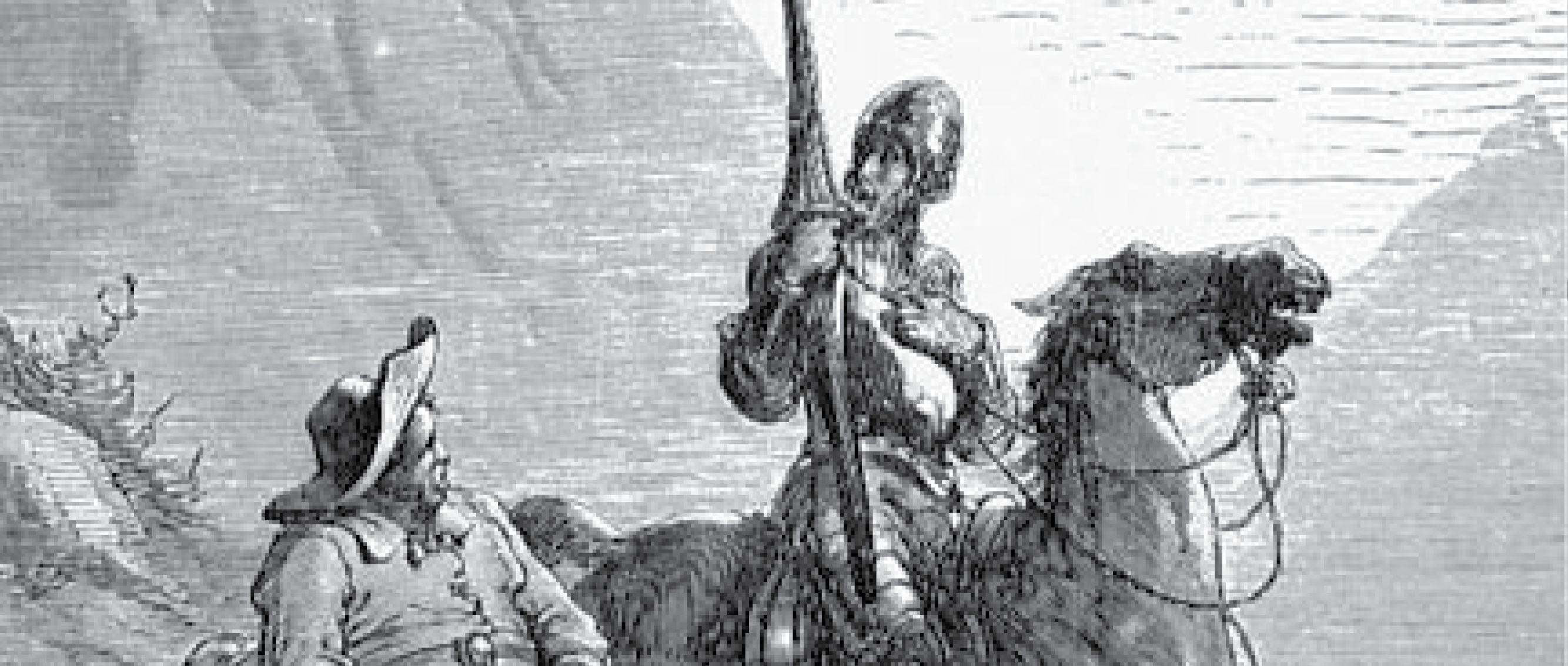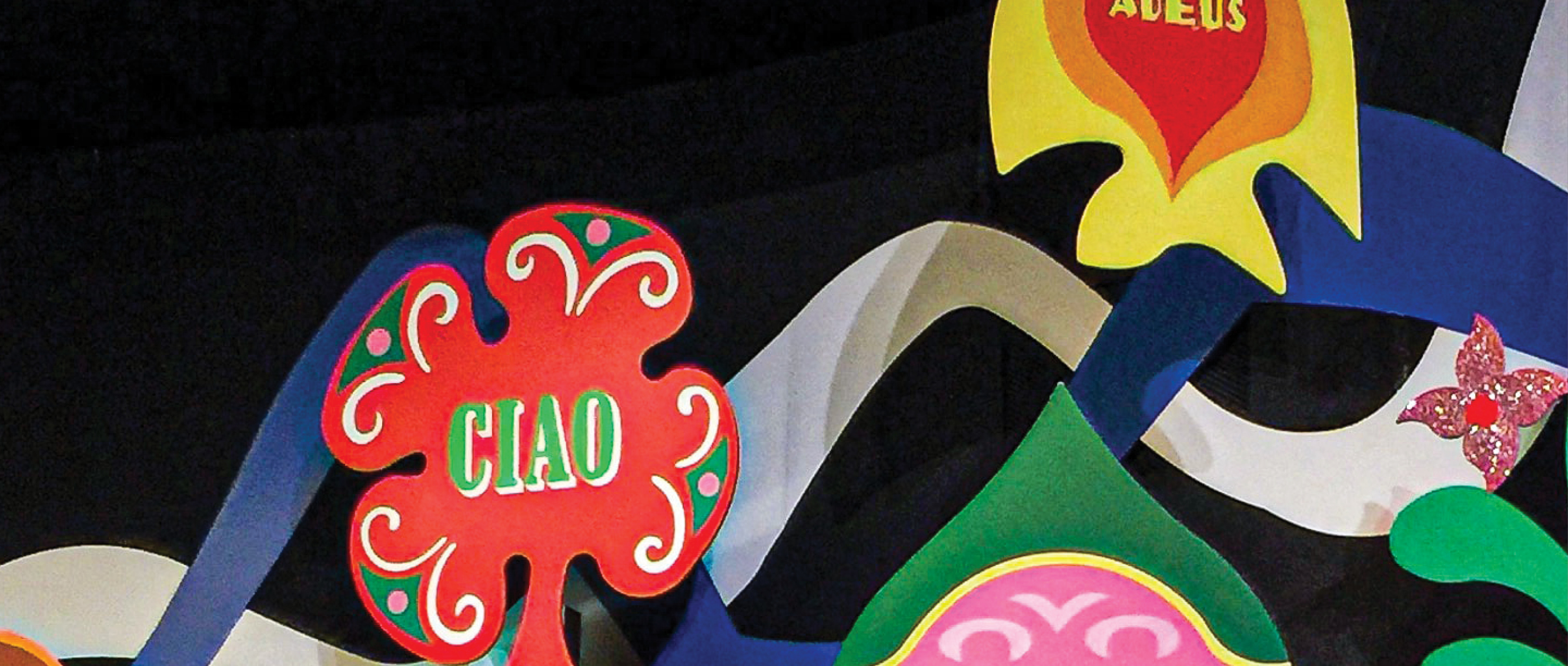Don Quixote and Errant Subjects in a Global Context

Plate I of Gustave Doré's illustrations to Miguel de Cervantes' Don Quixote. From Chapter I.
Discover Cervantes’s masterpiece, Don Quixote (1605), through close readings covering topics that range from gender, race, translation, economic crises, to religious turmoil and social inequality. By applying an interdisciplinary approach, Cervantes’s works will be discussed in relation to the artistic and historical context of renaissance and baroque Spain, drawing upon the visual arts, films, music, dance, opera, historical texts and education manuals, while deconstructing the different kinds of fiction — pastoral, picaresque, sentimental Moorish novella, Italian novella, and romances of chivalry — that inhabit this novel.
Special emphasis will be placed on examining the representation of “others,” within the context of the expulsion of Jewish and Moorish minorities. The course will consider “errant” subjects in its two dimensions: as those straying from the accepted course, unacceptable actions; and traveling in search of adventure, a wandering journey.
Attesting to his global reach, Cervantes has been influential to thinkers from Lukács to Foucault to Bakhtin to Girard to the Frankfurt School, and to writers from Nabokov to Borges to Flaubert to García Márquez and beyond. His works have served as inspiration for painters (Goya, Doré, Dalí, Picasso), musicians (Purcell, Telemann, Massenet, Strauss, Falla), cineastes (Pabst, Welles, Gutiérrez Aragón), and critics (Unamuno, Ortega y Gasset, Mann, Marthe Robert). As regards Don Quixote, no other book, with the exception of the Bible, has been translated to more languages, or undergone more editions and reprints. A herald of modernity, Miguel de Cervantes’s works casts a vast influence on Hispanic and World literature as a whole
Required texts:
- [Optional] Spanish Version: Miguel de Cervantes, El ingenioso hidalgo Don Quijote de la Mancha. Ed. Tom Lathrop. Newark: Juan de la Cuesta, 2005. Legacy Edition. (ISBN- 978-158977-100-0)
- González Echevarría, Roberto, ed. Cervantes’ Don Quixote: A Casebook. New York: Oxford University Press, 2005.
- Elliott, John Huxtable. Imperial Spain, 1469-1716. New York: Penguin, 2002.
- Lathrop, Tom. Don Quijote Dictionary. Cervantes & Co, Juan de la Cuesta, 2005.
Prerequisites: No prerequisites
Language of instruction: English


